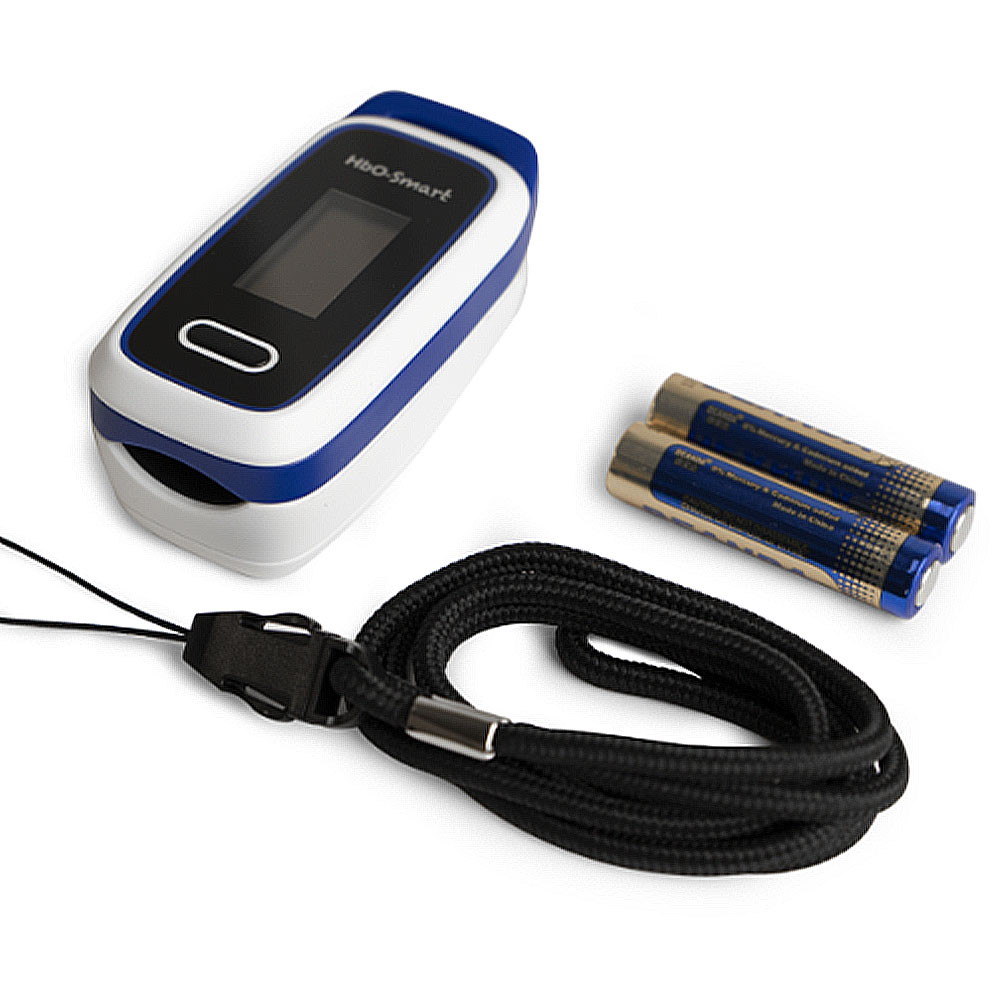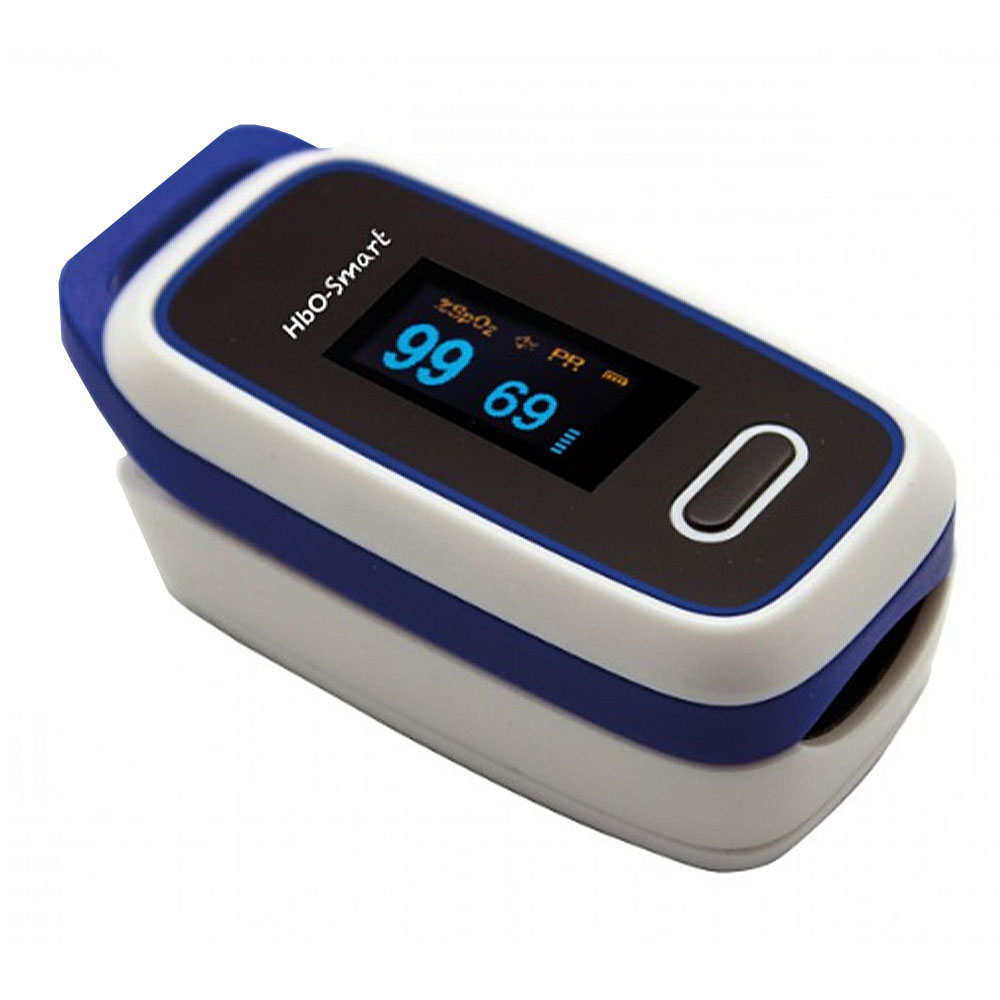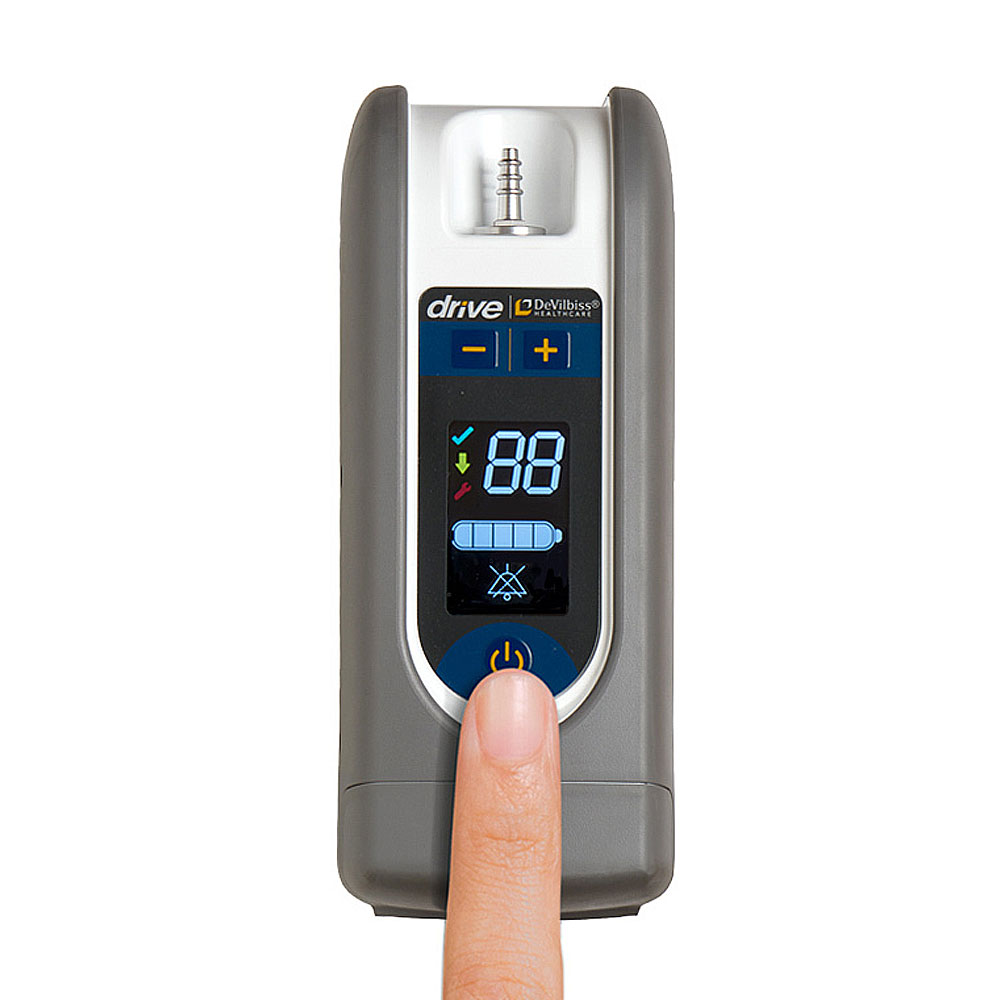How Does an Oximeter Work? Health, Care and Information

Many people may not know what an oximeter is, how it works or more specifically, how does pulse oximetry affect health care? In short, oximeters measure oxygen in the blood and the reading on a pulse oximeter is given as a percentage. The answers to the main questions are as follows:
- What is an oximeter?: Pulse oximetry is a method to measure how much oxygen you have in your red blood cells. Using your pulse rate you can get information on your oxygen saturation – the amount of oxygen in your blood – with a simple fingertip pulse oximeter being a helpful tool.
- How does a pulse oximeter work?: You can use a pulse oximeter at home or in a care environment to measure the level of oxygen in the blood using infrared light. This pulse of light flashes into the capillaries of your fingertip, which translates the reading into a measurement of blood oxygen.
- How does pulse oximetry affect health care?: A fingertip pulse oximeter is used in emergency care, office care and long term health care situations. As it is such a good method of getting your blood gas levels, doctors and healthcare providers consider oximeters an essential, everyday device.
Pulse oximeters measure how well the blood is carrying oxygen to other parts of the body, so it is important to measure covid-19 symptoms – one of which is shortness of breath – and many other issues that result from lung disease.
We provide a wide range of mobility solutions and health care products, which are extremely reliable and come with flexible finance options – so we understand how fingertip oximeters can be a part of daily life and will explain more.
You can browse our range of excellent products and buy online – if you have any questions, you will see our fine team is ready to assist you when you get in touch with us.
More Information on Pulse Oximeters

With a reading of your pulse rate, you can get all sorts of health information, which may be critical in providing the right care. By using a pulse oximeter you get the following fantastic advantages:
- Accuracy: According to the U.S. Food and Drug Administration (FDA), the accuracy of a fingertip oximeter is between 80 and 90 percent. The accuracy of pulse oximeters means that caregivers can get an accurate measurement whenever they need to!
- Simple: As it uses pulses of infrared light the device is very simple, small, and will work in any situation. It does not require a significant amount of power and will work whether covered in sand, water or dirt – so pulse oximetry is fantastic for emergencies and extreme situations, such as war.
- Emergency alarm: Because a finger pulse oximeter is so easy to use it is an essential part of emergency care. It stands alongside the stethoscope and the decision of whether to seek a higher level of care may depend on a pulse oximeter – so it is a vitally important tool for first-line responders.
- Vulnerable patients: A pulse oximeter is useful for vulnerable patients as it is completely non-invasive and puts zero stress on a person’s system. Very young or old patients are examples of vulnerable patients, as are those living with chronic, severe and long-term conditions – such as cancer.
- Continuous measurement: As an oximeter uses your pulse rate to determine your blood oxygen it can take a reading every second. This method of continuous reading allows caregivers to take ongoing, live-speed measurements of blood oxygen for more precise care.
- Low cost: As it is such a small, clip-like device that only uses pulses of infrared light to get a reading, pulse oximeters are extremely low cost. The low cost and high potential insight of an oximeter mean they are a great boon for underfunded and under-resourced healthcare settings.
Fingertip pulse oximeters are considered an innovative medical device, they have their roots in the 1940s – but only became a widely used tool in the 1970s. The Japanese doctor who developed the modern-day pulse oximeter is Takuo Aoyagi.

While there are a huge number of potential implications for your blood oxygen levels, they are routinely taken and observed during treatment for the following health conditions:
- Asthma: Asthma affects a person’s breathing so it can influence your blood oxygen levels quite significantly. As a result, asthma patients will frequently have their blood oxygen levels read, typically by using an oximeter.
- Anaemia: Anaemia is a lowering of the number of red blood cells in the blood and can affect the ability of the blood to carry oxygen. People living with anaemia may use an oximeter daily to assess their blood oxygen levels.
- Pneumonia: A condition that is sometimes fatal, pneumonia is the most common respiratory issue. Blood oximeters can assess the progression or severity of pneumonia, as well as how effective the treatment might be.
- Lung cancer: As a respiratory condition lung cancer will require consistent blood oxygen measurements. Blood oxygen levels will typically indicate the progression of long cancer and, more crucially, if treatment is working.
Doctors also use oximeters to measure the treatments for heart attack or heart failure and congenital heart disease. Overall, pulse oximetry is an expansive and widely-relevant tool for all sorts of conditions.
How Does an Oximeter Work, Explained
You can use the pulse rate to get an extremely accurate view of your blood oxygen levels, which is useful for determining whether you need more urgent care, are performing well after surgery or might have another issue.
Pulse oximetry is completely safe and normal – most people will have their blood oxygen levels measured by a pulse oximeter as a matter of routine. We offer a range of reliable health and mobility products.
Get in touch to learn more.